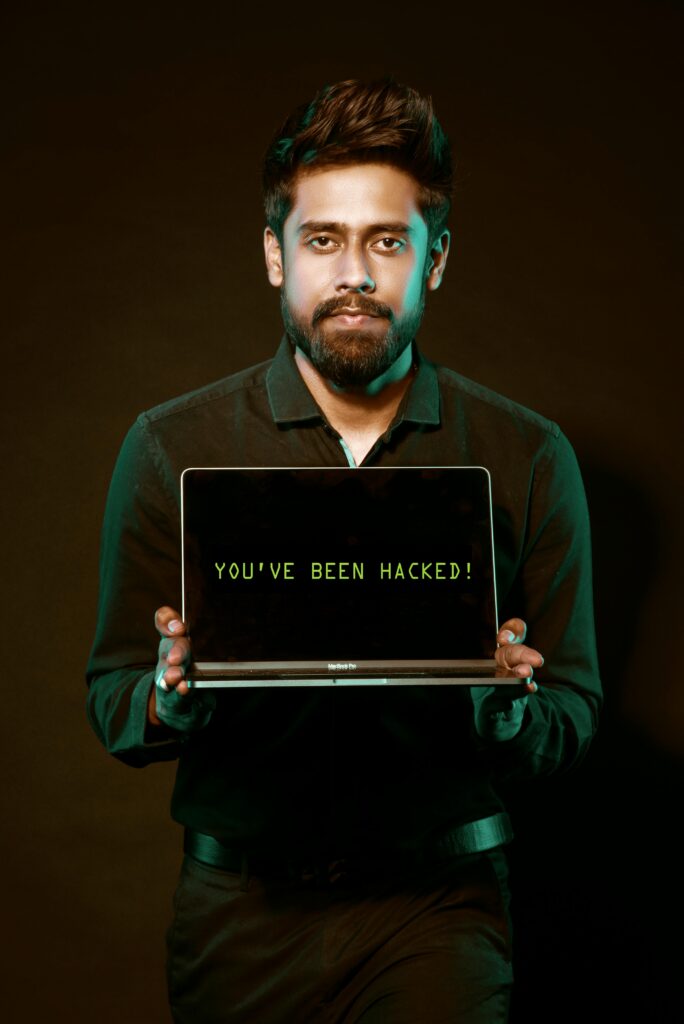Physical Address
New Mexico, US
1106 E Green Acres Dr
Hobbs, 88240
Physical Address
New Mexico, US
1106 E Green Acres Dr
Hobbs, 88240
When I first started diving into online security, I believed some of the same myths I hear others talk about today. It wasn’t until I saw how easy it was to fall victim to online threats that I realized how dangerous these misconceptions can be. So, let me share five myths that I’ve come across—and busted—that might be leaving you more exposed than you think.
I used to think having antivirus software was like having an invincible shield. One of my coworkers was the same way—until her computer got infected with ransomware. She had antivirus software installed but hadn’t updated it in over a year. The outdated software left her system wide open to modern threats.
According to research, nearly 60% of people don’t update their antivirus software regularly. Cybercriminals evolve faster than we think, and relying on outdated protection is like locking your front door but leaving the windows wide open. Staying safe requires regular updates and layered security measures, not just a single program.
A friend once laughed when I told her to stop using “password123.” She said, “Who would even care about my accounts?” Fast forward a month, and her email was

hacked, leading to unauthorized purchases on her linked accounts. The truth is, hackers don’t care who you are—they target weak passwords with automated tools. Studies show that 81% of hacking-related breaches stem from weak or stolen passwords. Using a password manager to create unique, complex passwords for every account has been a lifesaver for me, and it’s an easy way to avoid this trap.
I’ve had my fair share of working in coffee shops, but I never thought twice about public Wi-Fi until I learned how easily data can be intercepted. A tech-savvy friend showed me just how simple it was to eavesdrop on unencrypted data using basic tools. Let’s just say I never connected to public Wi-Fi without a VPN again.
Public Wi-Fi is a goldmine for hackers, with nearly 25% of users unknowingly exposing their personal information while connected. If you’re like me and enjoy working in public spaces, using a VPN is a must to keep your data secure.
For the longest time, I thought cybercriminals were only after big fish like banks and corporations. Then, one of my neighbors got scammed through a phishing email pretending to be her bank. She clicked a link, entered her login details, and lost hundreds of dollars overnight.
The reality is that 43% of cyberattacks target small businesses and individuals because they’re easier to breach. Cybercriminals know we often let our guard down, so being cautious and verifying everything is critical no matter how small your digital footprint feels.
While at it, I was totally blown away by Shawn Ryan Clips in his #1 Ethical Hacker in The World Explains The Dark Web Check it out and thank me later
This was probably the biggest myth I believed. I assumed there would be obvious signs if someone hacked my accounts—like a sudden system crash or strange messages. But the scariest part? Many hacks are completely silent.
Hackers often operate in the background, collecting data over time. It’s estimated that breaches go undetected for an average of 212 days. Regularly monitoring my accounts and using tools like two-factor authentication has helped me stay ahead of threats that I might not have noticed otherwise.

Think Before You Click
If there’s one thing I’ve learned, it’s that most cyberattacks start with a single click—on a link, attachment, or popup. I now pause and verify before interacting with anything remotely suspicious, even if it seems urgent. Taking that extra moment has saved me from countless scams.
Love These Tips? Show Some Love! ❤️.
If you found these tips helpful, why not buy me a coffee to support more content like this! Every little bit helps keep the lights on and the ideas flowing.
Cybersecurity doesn’t have to be overwhelming. It’s all about staying informed and making small, practical changes to your online habits. If I can go from falling for myths to feeling confident about my digital safety, so can you.
Start today, take control, and protect yourself—it’s easier than you think. And remember, staying safe online isn’t just about you; it’s about protecting everyone you’re connected to. Let’s bust these myths together and build a safer digital world!.